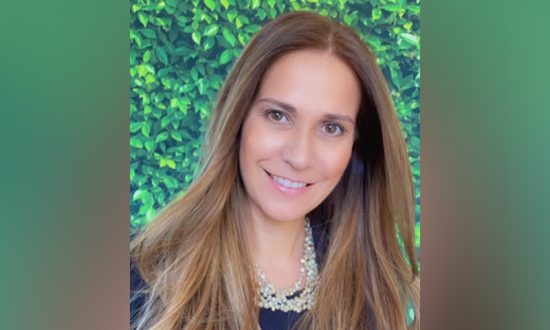Claudiane Moraes has been a school principal for the past 16 years; however, her career started in Brazil, inspired by her mother, a great educator with so much love and vocation for her profession. During her career, Claudiane was fortunate enough to experience a diversity of methodologies, philosophies, and schools, having the opportunity to pursue an A.A. in Elementary Education and a B.S. in Physical Education along with a specialization in school management and ECE. For ten years, Claudiane been the founder principal for Key Point Christian Academy, and she aims to continue working diligently with families and faculty to foster an atmosphere that promotes a learning community characterized by child-centered experiences, trust, respect, and community involvement.
Student achievement is a primary concern for educators, policymakers, and parents alike. In today’s increasingly competitive and globalized world, equipping students with the knowledge and skills they need to succeed is more important than ever. Research has shown that effective leadership plays a critical role in fostering student achievement (Leithwood et al., 2004). This article explores some of the best practices and strategies educational leaders can employ to unlock student achievement in their schools.
Establishing a Clear Vision and Mission
Effective leadership starts with establishing a clear vision and mission for the school (Marzano et al., 2005). This involves articulating the values, goals, and aspirations that guide the school’s work and drive improvement. By providing a clear direction, leaders can help ensure all stakeholders are aligned and working together to achieve common objectives (Leithwood et al., 2004).
Fostering a Positive School Culture
A positive school culture is crucial for supporting student achievement (MacNeil et al., 2009). This involves creating an environment where students feel safe, respected, and valued and where they can develop positive relationships with their peers and teachers. School leaders play a critical role in promoting and maintaining such a culture by setting high expectations for behavior and performance, modeling appropriate conduct, and recognizing and celebrating the achievements of students and staff (Marzano et al., 2005).
Emphasizing Collaboration and Shared Decision-Making
Collaboration among staff is a key driver of student achievement (Fullan, 2014). Educational leaders should promote collaborative practices by encouraging staff to work together to solve problems, share resources, and learn from one another. This can be achieved through the establishment of professional learning communities, regular team meetings, and opportunities for peer observation and feedback (DuFour et al., 2006). Additionally, involving staff in decision-making processes can help ensure that decisions are well-informed and that staff feels a sense of ownership and commitment to the school’s goals (Leithwood et al., 2004).
Implementing Data-Driven Decision-Making
The use of data to inform decision-making is a powerful tool for driving student achievement (Mandinach & Gummer, 2013). Educational leaders should ensure that relevant data is collected, analyzed, and used to inform instructional practices, resource allocation, and professional development. By making data-driven decisions, leaders can help target interventions and supports for students who need them most while also identifying areas of success and best practices that can be shared across the school (Marsh et al., 2006).
Providing Targeted Professional Development
Professional development is essential for enhancing the knowledge and skills of educators and improving student outcomes (Yoon et al., 2007). School leaders should ensure that professional development opportunities are tailored to the specific needs of their staff and aligned with the school’s goals and priorities. This might involve providing training in research-based instructional strategies, assessment practices, or technology integration, among other areas (Desimone, 2009). In addition, effective professional development should be ongoing, job-embedded, and focused on collaboration and reflection to ensure that educators have the support they need to implement new practices and continuously improve their instruction (Gulamhussein, 2013).
Engaging Families and the Community
Family and community involvement is a critical component of student achievement (Epstein, 2018). Educational leaders should work to develop strong partnerships with families and community organizations, providing opportunities for meaningful engagement in the education process. This might involve hosting regular events and meetings, providing resources and information to help families support their children’s learning, and creating avenues for families and community members to participate in decision-making processes (Henderson & Mapp, 2002). By fostering these relationships, leaders can help create a supportive network that promotes student success both inside and outside the classroom.
Monitoring Progress and Adjusting Strategies
Effective educational leaders continually monitor progress toward goals, using data and feedback to evaluate the effectiveness of their strategies and make adjustments as needed (Leithwood et al., 2004). This involves setting measurable objectives, regularly reviewing data and progress reports, and engaging in ongoing dialogue with staff, students, and families to identify areas of success and areas in need of improvement. By staying responsive and adaptable, leaders can help ensure that their schools continue to grow and improve over time.
Unlocking student achievement requires effective leadership that emphasizes a clear vision and mission, fosters a positive school culture, promotes collaboration and shared decision-making, implements data-driven decision-making, provides targeted professional development, engages families and the community, and continually monitors progress and adjusts strategies. By adopting these best practices and strategies, educational leaders can create an environment where students are empowered to reach their full potential and succeed in the 21st-century global economy.




